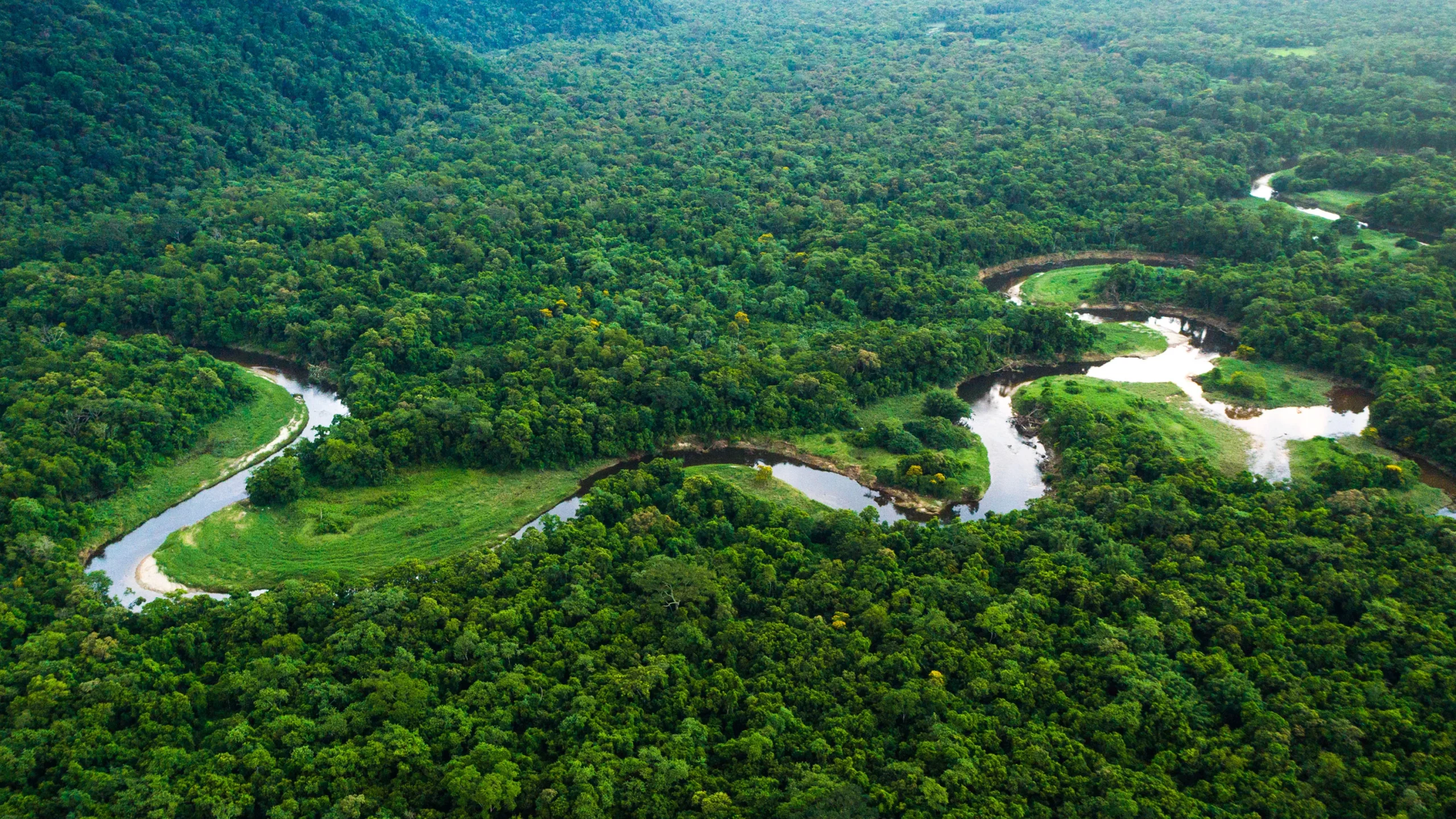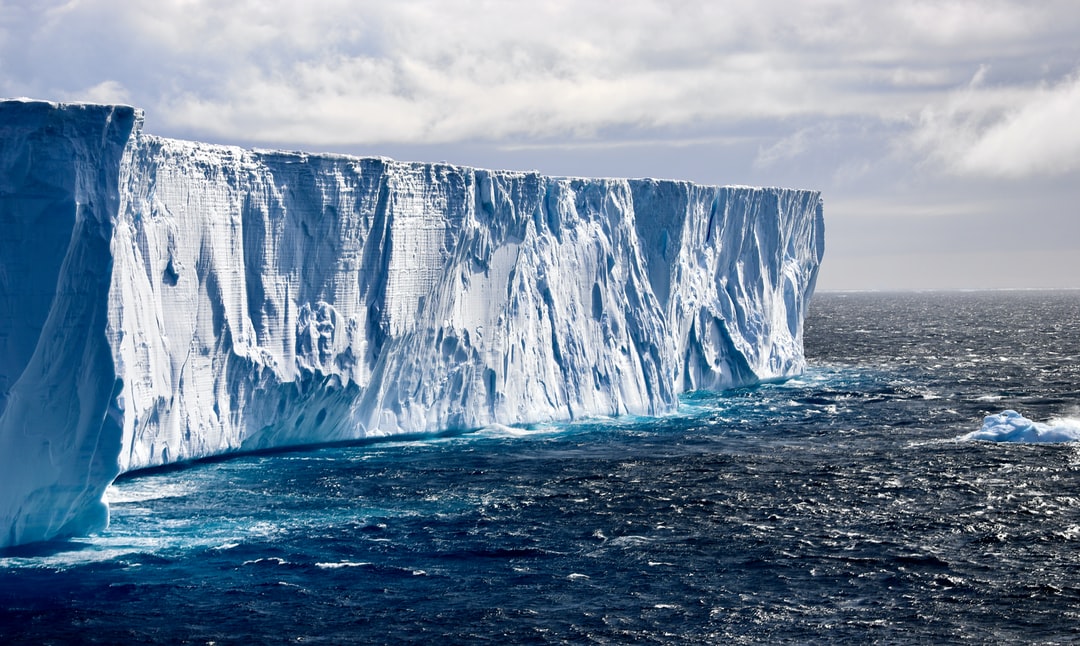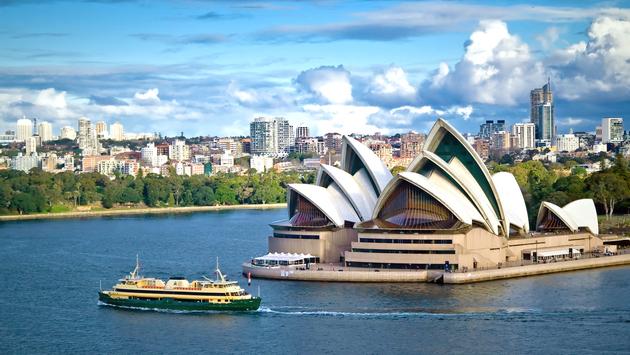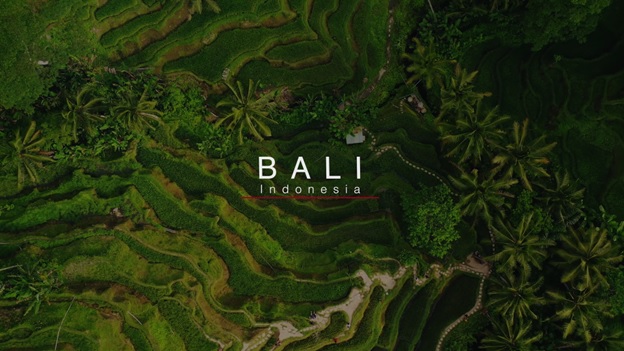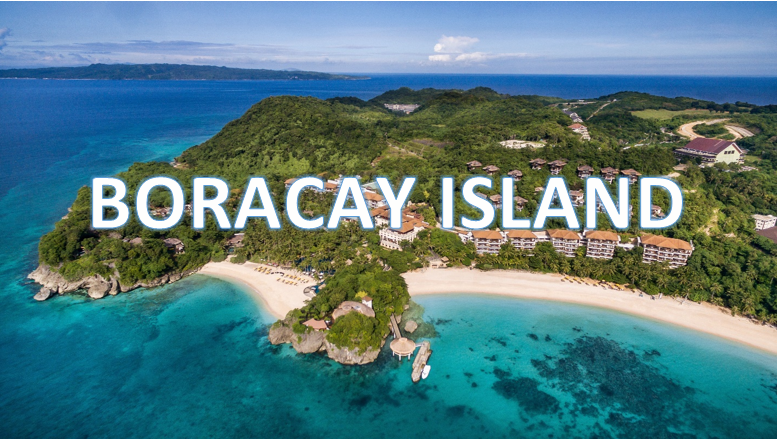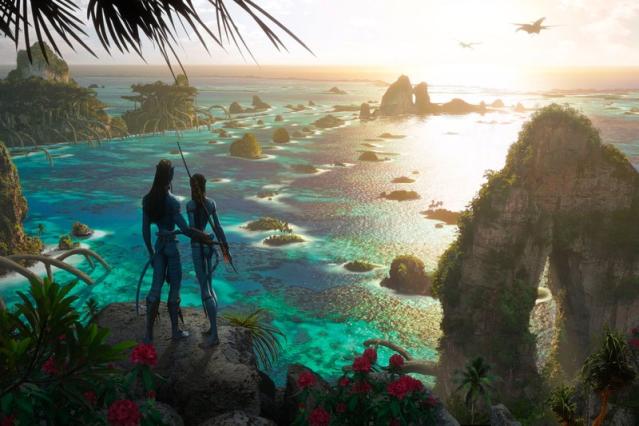Category: Landscape
Tags: 4k sample
Australia

In brief
Destination Australia, a Nations Online country profile of the “unknown southern land.”
Some say, with Australia, you get it all: a continent with a tectonic plate of its own, a countrywith a population density others can only dream of, and a massive islandwith a 30,000 km long beach.
Australia is situated entirely in the southern hemisphere. Between the Indian and the Pacific ocean, south of Maritime Southeast Asia, and north of the Antarctic.
With an area of 7,617,930 km², Australia is almost (95%) as large as the continental USA (excluding Alaska). And in addition to that, it’s the sixth- largest country in the world and has a population of just 25.7 million inhabitants (in 2021).
And also, Australia shares maritime borders with East Timor, Indonesia, New Zealand, Papua New Guinea, the Solomon Islands, and the islands of New Caledonia (a special collectivity of France).
The country’s capital city is Canberra; other major cities are Adelaide, Alice Springs, Brisbane (1.6 million) Darwin, Hobart, Melbourne (3.5 million), and Perth, the largest city is Sydney (4.2 million). The official language is English.
Although, Australia became a commonwealth of the British Empire in 1901. It was able to use its natural resources to rapidly develop its agricultural and manufacturing industries and make an important contribution to British efforts during the First and Second World Wars.
A referendum to change Australia’s status, from a commonwealth headed by the British monarch to an independent republic.
Long-term environmental concerns include pollution, in particular, the depletion of the ozone layer, and the management and protection of coastal areas, notably, the Great Barrier Reef.
What is Australia most famous for?

What comes to mind when you think of Australia? It’s down under? The funny use of the English
language by locals?
Is there more to the planet’s largest island than wallabies, emus, and Uluru?
Yep, koalas and kangaroos!
Joking aside, Australia is famous for its unique fauna and flora. Due to its geographic isolation, its ecosystem is very different from other parts of the world. There are more than 24,000 species of native plants on the continent, and marsupials occupy the ecological niches that placental mammals occupy elsewhere in the world.
Main Attractions
The Great Barrier Reef, the largest contiguous collection of more than 2,900
individual coral reefs on earth.
Uluru, also known as Ayers Rock, is the largest monolith in the world and a
sacred place for the Anangu people.
There is the iconic and world-famous Sydney Opera House near the popular
Sydney Harbor Bridge.
The Great Ocean Road is an Australian National Heritage-listed 243 km long
scenic road along Australia’s southeastern coast.
The Outback is the remote and usually uninhabited inland region of Australia.
Pink lakes in South and Western Australia and the Pinnacles, limestone
formations within Nambung National Park in Western Australia.
It is the least populated continent, and the majority of the population lives near the coast. Voting is compulsory in Australia. Mainland Australia has 35,877 km of coastline and more than 10,000 beaches, of which Bondi Beach near Sydney and Cable Beach near Broome are the most popular. Winter in most parts of Australia lasts from June to August. The Trans Australian Railway features the world’s longest straight stretch of railway, 478 km (297 mi). Q1 Tower (322 m) is the tallest residential building in the country; Sydney Tower (309 m) comes second. The country was known as New Holland until the beginning of the 19th century. The Wallman Falls, a horsetail waterfall on the Stony Creek in North Queensland, drops 268 m. Australia is home to some of the most deadly animals in the world, spiders, snakes, crocodiles, jellyfish, and octopus.

